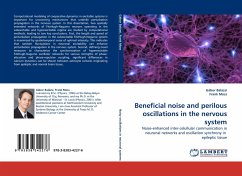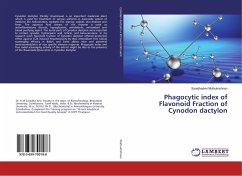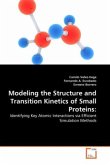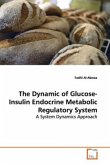Hypertension, a manifestation of cardiovascular disease(CVD), has continued to be a major cause of morbidity and death. Presently, much effort is being invested in detecting bioactive components in foods that can contribute to decreased risk of CVD. There is an increasing interest in the use of dietary antioxidants, including vitamin E, vitamin C, carotenoids, and polyphenols, in the prevention of CVD and their risk factors. Among these compounds, rice bran is a by-product of the rice milling process, and it contains various antioxidants that impart beneficial effects on rodent and human. This book explained the physiological effect of dietary supplementation of rice bran fractions on spontaneous hypertension is effective on improving hypertension, glucose, and lipid metabolism in stroke-prone spontaneously hypertensive rats (SHRSP), a species that has a hereditary predisposition to hypertension and stroke.







